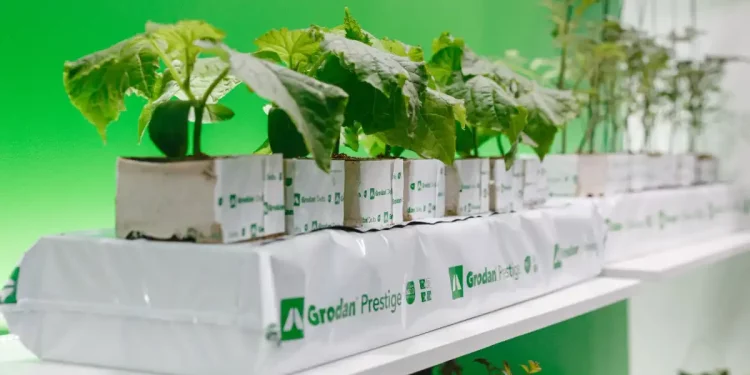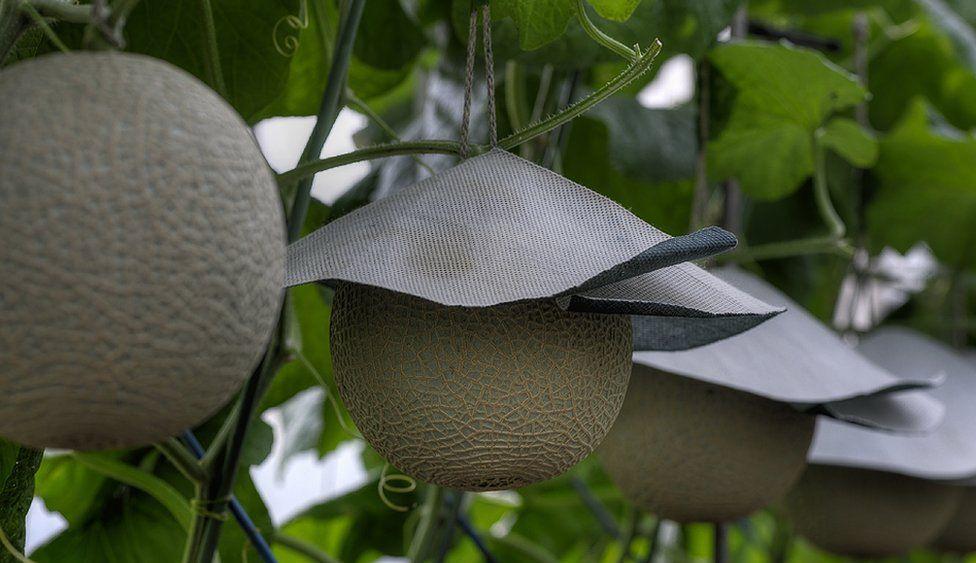As part of the Global Fresh Market: Vegetables & Fruits exhibition, farmers discussed the prospects for the development of greenhouse vegetable growing in Russia. As Aleksey Kurenin, project manager at Grodan, noted in his report, Russians are actively switching to domestic cucumbers and tomatoes: over the past ten years, the share of imports of fresh vegetables from the greenhouse group has fallen from 51% to 19%. Against the backdrop of a reduction in the number of competitors from abroad, Russian manufacturers have a chance for a powerful leap forward. However, a number of difficulties call into question the intensive development of greenhouses even in such favorable conditions.
According to the Ministry of Agriculture of Russia, the volume of production of greenhouse vegetables since the beginning of the year has increased by 6.8% compared to the same period last year. But despite this, the level of self-sufficiency of the country in greenhouse vegetables still does not exceed 72%.
“Even in the face of a difficult 2022, Russians have maintained a high level of spending on fresh tomatoes and cucumbers – this is half of all consumed vegetables. And right now, at the peak of reduced imports and strong consumer demand, our industry can take the lead. But this will require serious effort. The fact is that the rate of growth in gross yields and the commissioning of new areas is approaching a plateau: everything suggests that in the near future there will be no opportunities for a significant increase in the yield of greenhouse vegetables,” said Alexey Kurenin during his speech at Global Fresh Market: Vegetables & Fruits.
The key risks for the industry in Grodan are:
a sharp reduction in the commissioning of new areas;
increased internal competition;
increased pressure on sales prices;
a significant increase in the cost of consumables.
A high dependence on imported equipment can also play an important role.
According to Kurenin, in order to reverse the situation, it is necessary to increase the efficiency of the already existing production of greenhouse vegetables. How to achieve this?
Firstly, by getting more yield from each plant and each square meter. This is facilitated not only by effective supplementary lighting and the use of fertilizers, but also by a quality growing environment.
“Without enough healthy roots, it is impossible to increase yields, and the development of a strong root system, in turn, depends on the quality and manageability of the soil. In this regard, hydroponic crop production has proven itself well, which, unfortunately, is not yet well developed in Russia. I’ll give you an example. We conducted an experiment on tomatoes grown under light culture conditions: we replaced the usual greenhouse soil with a Grodan GT Master stone wool substrate. As a result, the yield increase for the first month and a half of harvesting was 1.05 kg/m2, and the additional profit of the farm was about 800,000 rubles/ha. The peculiarity is that stone wool substrates do not bind mineral nutrients, so they are completely absorbed by plants. In addition, 98% of the water in the Grodan substrates is available for vegetable crops,” said Alexey Kurenin.
Secondly, by optimizing costs. In particular, due to more economical use of fertilizers. According to World Bank estimates, in 2021, the cost of fertilizers increased by 80%, and by the end of 2022 it could add another 70%. According to Grodan, on average, the purchase of fertilizers accounts for 10-15% of the total cost structure of greenhouse complexes.
“Hydroponic horticulture allows for the most efficient and economical use of fertilizers due to less drainage. In an open system, fertilizer consumption per kilogram of product can be reduced by 25%. In a closed system, it is even possible to reuse fertilizers not absorbed by the plant, resulting in savings of up to 78%. One of our tests showed that the savings in fertilizers when growing cucumbers on a Grodan Express mineral wool substrate is 113,932 rubles/ha per turnover,” Alexey Kurenin gives an example.
Thus, a qualitative breakthrough in the greenhouse industry in Russia today is possible not only through the introduction of new areas, but also by increasing the efficiency of already operating greenhouses.










